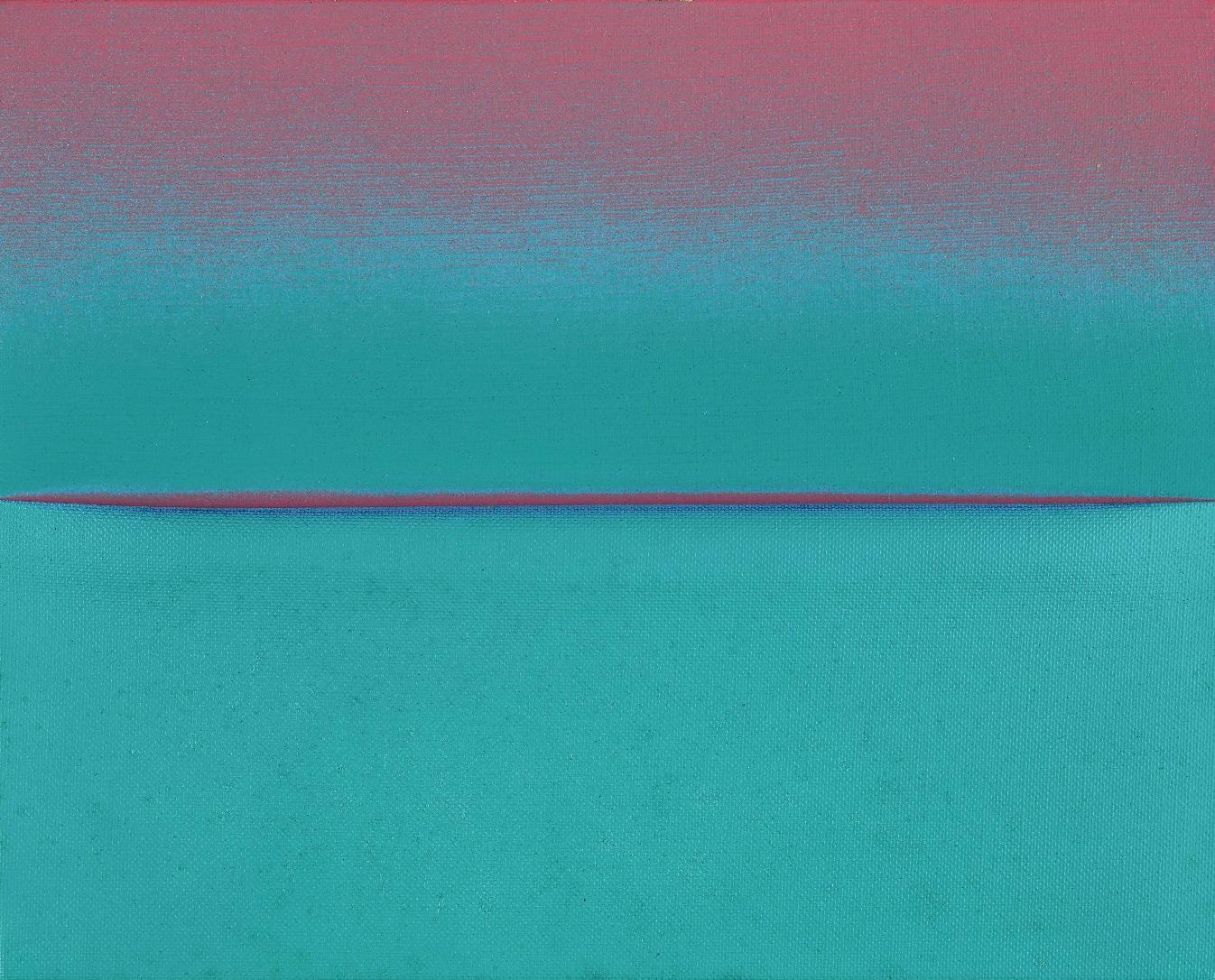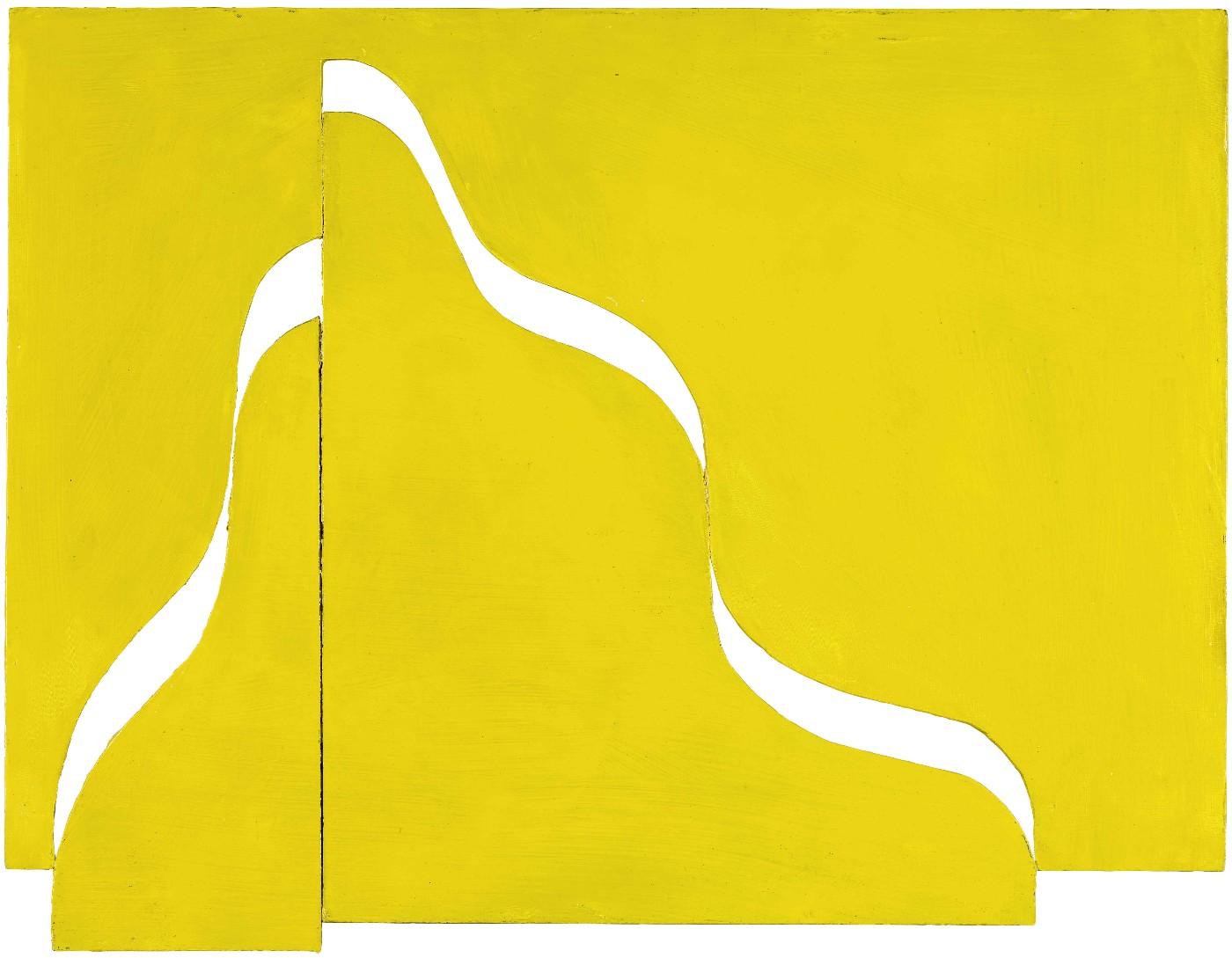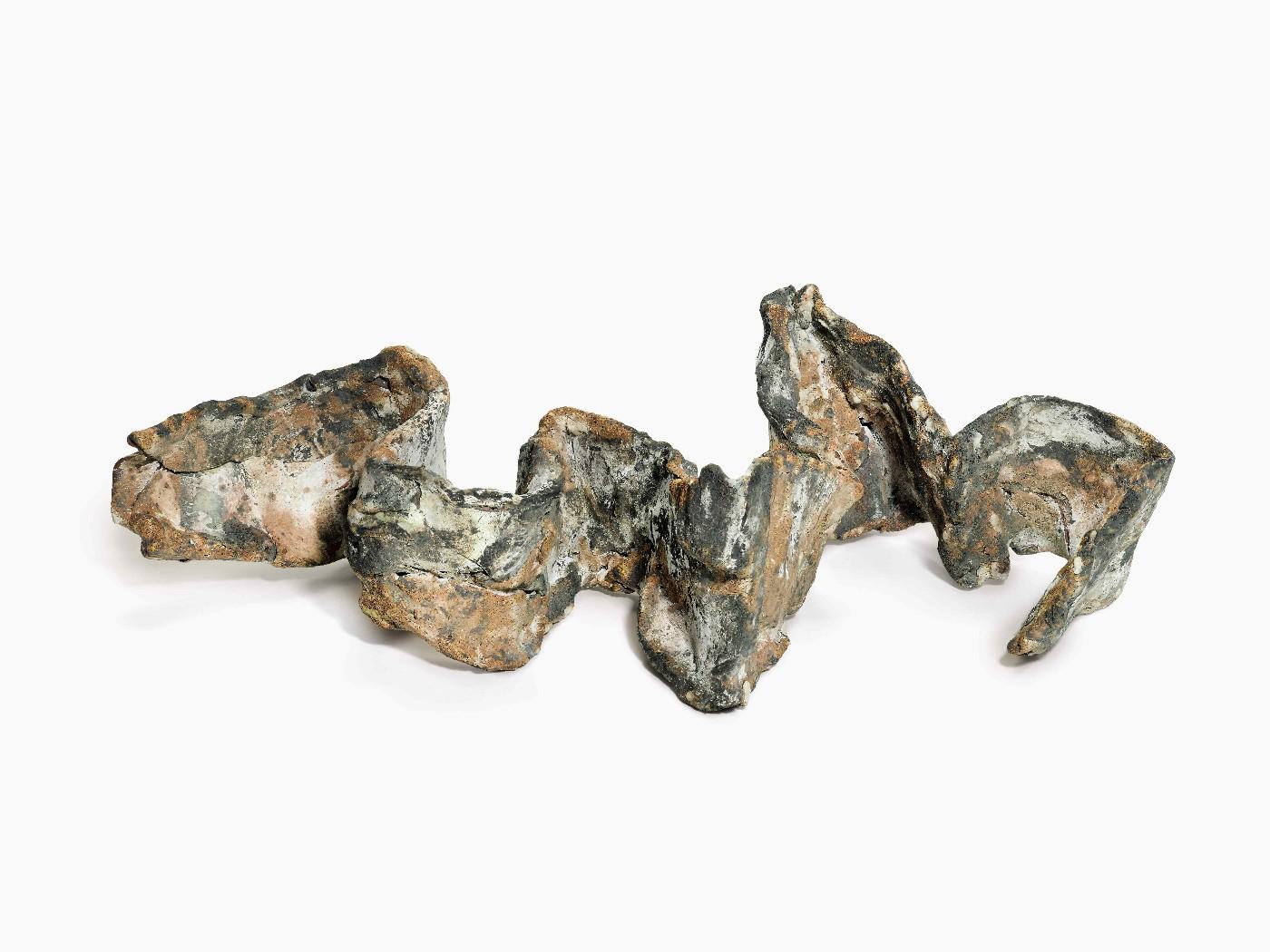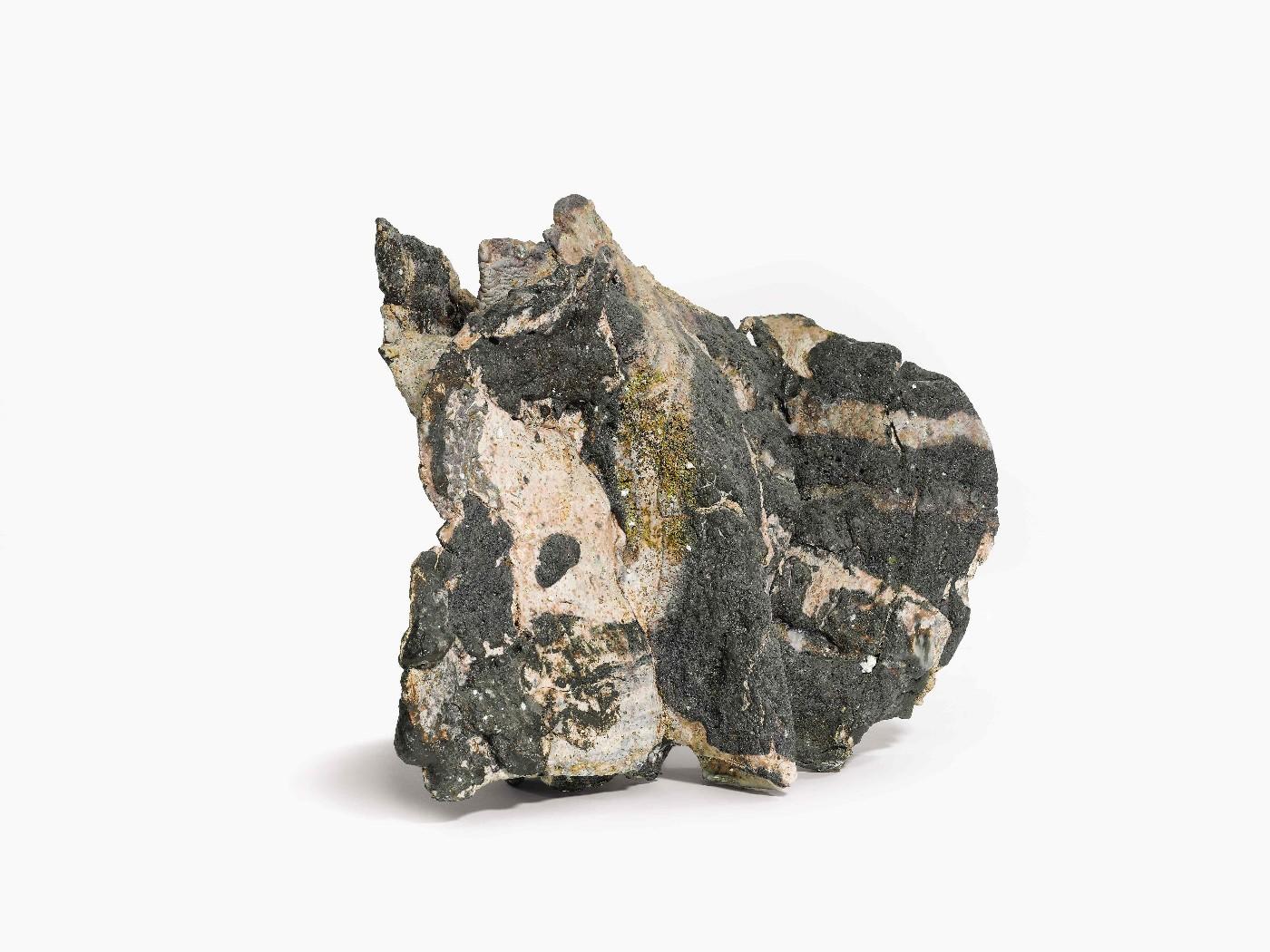TSUYOSHI MAEKAWA (b.1936)
Born in Osaka, Maekawa joined the Gutai Art Association in 1962 and, under the tutelage of Jiro Yoshihara, experimented with burlap (hessian) on canvas as a means of creating expressive reliefs. In accordance with the Gutai practice, Maekawa sought to let matter speak for itself.
If one leaves matter as it is, and simply presents it as matter, it begins to tell us something and even cries out.
-Gutai Manifesto
After the passing of its founder, Jiro Yoshihara, the Gutai group dissolved in 1972. While for many it symbolised the end of an era, it also paved the way for its erstwhile members to evolve and re-invent their artistic methods and processes. Maekawa took this as an opportunity to discover an original approach to material abstraction. He had little contact with the other members and began to incorporate new processes, such as his use of a sewing machine, and media other than burlap, such as paper, cloth and linen.
The effect was much more subdued than many of the Gutai “happenings” of the previous decade. Maekawa himself states: “I set out to make something original.” His works of the 1970s reveal a contemplative delicacy which invites his viewers to marvel at his fabrics as vibrant, unalloyed matter.
I set out to make something original.
-Maekawa in conversation with Bianca Chu
The exhibition in Gallery One at S│2 is focused primarily on the artist’s post-Gutai practice, with works dating from as early as 1969 through to 1978.
































